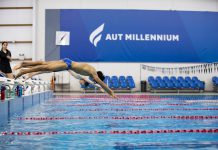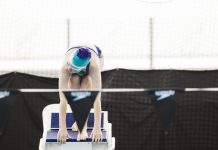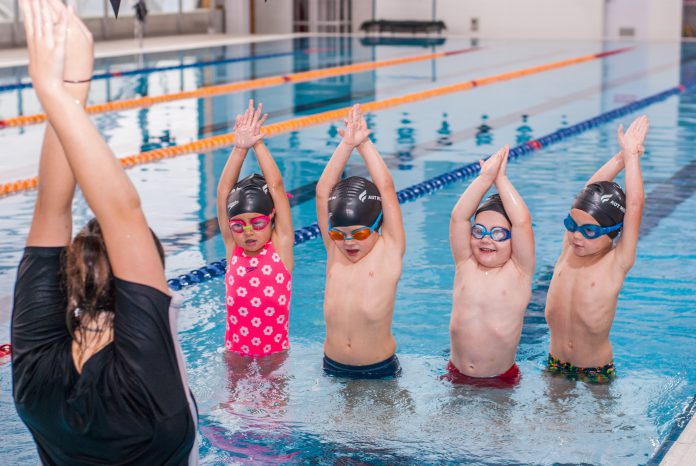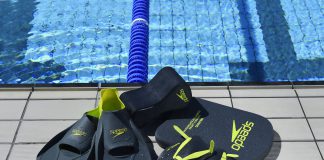Last month was a busy month with the focus on our staff development. We sent four senior teachers to Rotorua for the Swimming New Zealand 2015 Swim Coaches And Teachers Conference. The event focused on Water Babies and Toddlers and our teachers came back with some awesome information.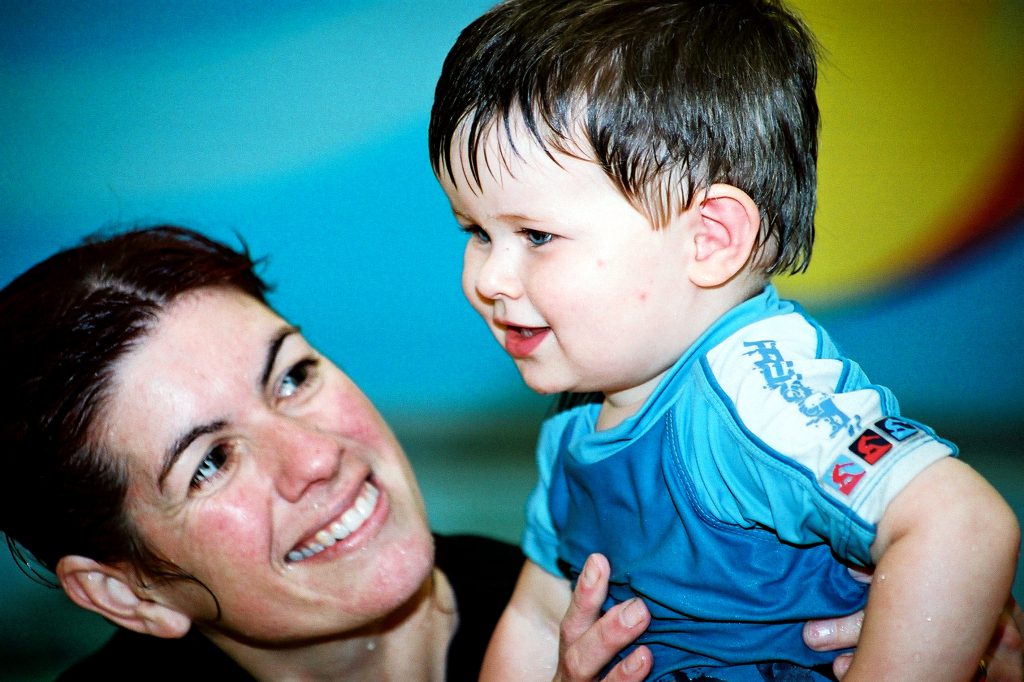
Most infant behaviours are the result of in-born reflexes. The Moro Reflex is an involuntary response to stimulation. It is seen when your baby’s arms and legs fling out and then come inward like they are trying to catch on to something. In the water we hold the babies close, touching our skin, changing position slowly and encouraging them to grasp our finger or an object.
The Autonomic Reflex automatically closes the glottis (the part of the larynx consisting of the vocal cords) therefor any water that may be taken through the mouth when submerged is swallowed and not inhaled. This is what we want to be activating when they are submerged.
If water does go into your baby’s mouth the Gag Reflex kicks in closing off the entry to the airway. They sometimes cough to blow the water out of the back of their throat. Only some time is spent practicing submersions, so as not too much water is swallowed.
When their face is submerged, the Diving Reflex causes your baby’s lungs to stop inflating, heart to slow and reduce the consumption of oxygen. Blood flow goes to the most vital organs believed to enhance the brain. If practiced regularly, learned breath-holding can be consolidated and can remain a skill for life. The younger the baby, the easier it usually is for them.
Finally, the Amphibian Reflex is seen when the arms, legs and torso move symmetrically, propelling them through the water. With practice these involuntary movements become voluntary leg kicking and paddling.
All these reflexes practiced with your baby soon become a learned response when encouraged and practiced without a long break.













